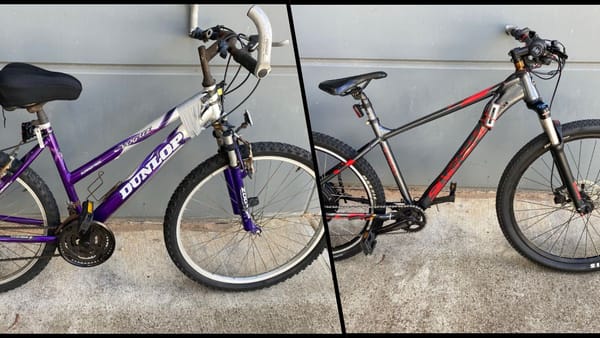East side residents reject Murray Bridge council’s sewer plan
The council has answered questions about the project, and laid out what will happen next, at two public meetings this week.

This story is now free to read. Help Murray Bridge News tell more stories like this by subscribing today.
A plan to install a sewer on Murray Bridge’s east side is all but dead in the water after a survey revealed an overwhelming majority of local residents are against the idea.
Of 285 locals who gave feedback during a recent consultation period, more than 80 per cent said they opposed the Murray Bridge council’s proposal.
Cost was their most common concern.
Even with a generous subsidy, each household able to be connected to the new system would have to pay a fee of about $8000, and meet the expense of digging trenches and laying pipes within their own properties.
In some cases, that extra cost could run into the tens of thousands of dollars, residents told council representatives at a public meeting on Tuesday night.
“I’ve been quoted, just by my earthmover, $60,000,” one resident said.
“That doesn’t take into account plumbing, having to have a holding tank, and having to have power and a pump put in as well … because my property sits lower than the road.
“I simply cannot afford it.”
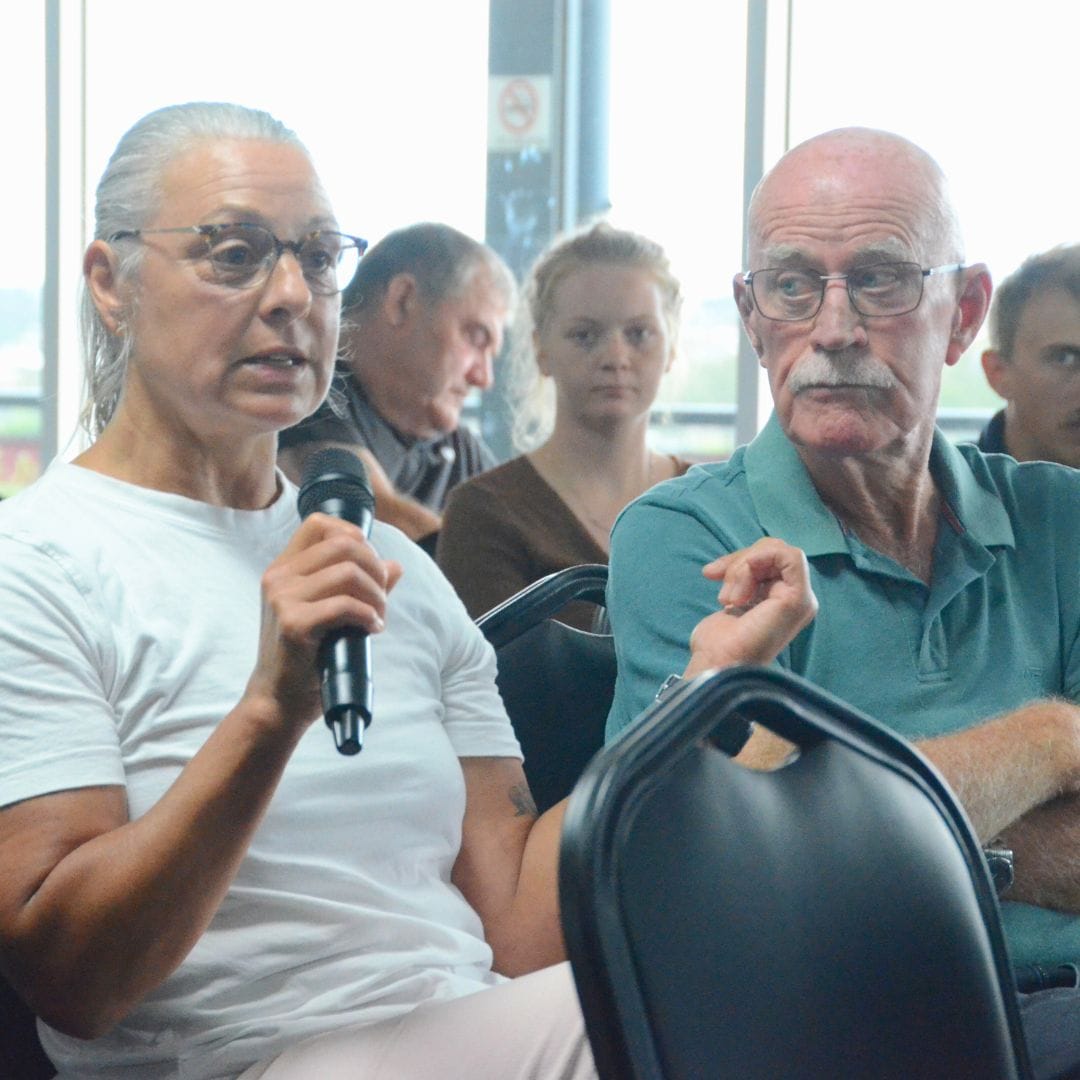
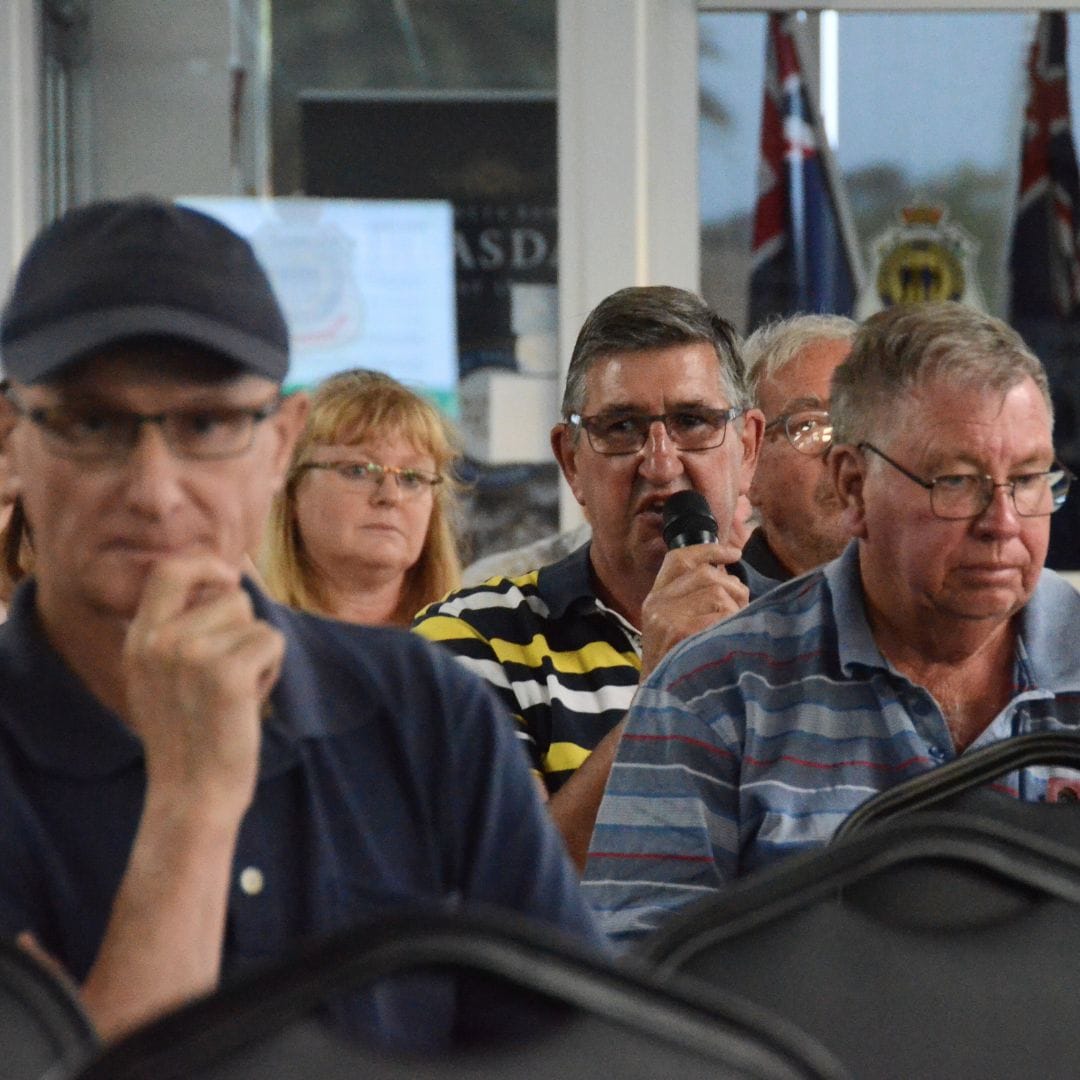
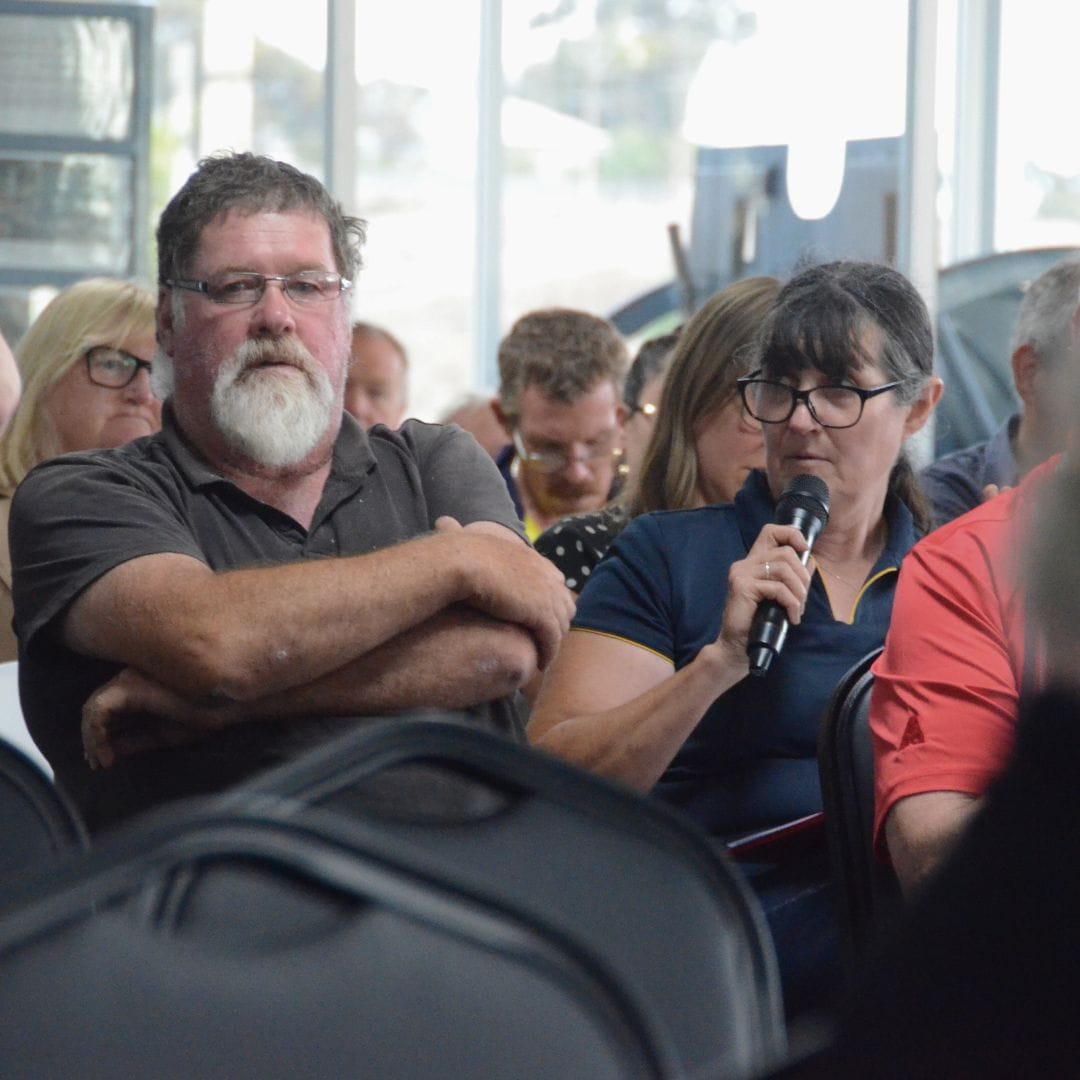
Residents make their views heard at a public meeting on Tuesday night. Photos: Peri Strathearn.
Almost two thirds of survey respondents said the community wastewater management scheme (CWMS) would have no benefit to them, as their septic systems worked just fine at the moment.
Only one resident spoke out in favour of the concept, saying it would be better for the environment and that east side residents deserved the same level of service as those on the other side of the bridge.
The council has not yet decided whether to shelve the project or push ahead – that will happen at a meeting in January or February.
But it would take a brave decision by councillors to go against such firm public opinion.
Click on the questions below to read the answers given at the public meeting.
If the CWMS went ahead, would every household have to pay to connect to it?
Yes: just like in Adelaide, every household able to connect to a sewer system would be required to connect to it and pay a connection fee, even if their septic system still worked perfectly. Residents would likely have a grace period of several years to get the job done, and the council would come up with payment plans rather than lumping everyone with an $8000 bill.
Instead of forcing everyone to pay now, could properties be connected as they are sold?
The legal advice provided to the council was that no, that wasn’t possible, general manager Deb Richardson said. The council could only place conditions on the sale of a property if its septic system wasn’t up to scratch; only an inspection would show whether that was the case; and the council needed to have reasonable grounds to do an inspection.
Would the council somehow profit from a new sewer system?
No. While councils do collect a lot of money from ratepayers, they are prohibited by law from collecting more than they need for their annual budgets, which are approved by councillors and subject to public consultation. The Essential Services Commission of SA also regulates how much the operators of CWMS systems are allowed to charge, much like power and water providers.
Who would pay for any cost blow-out?
The LGA. The funding they provided would make sure the cost to residents was equivalent to what an SA Water customer would pay in Adelaide, no matter what.
Would a CWMS account for population growth?
No: the planned sewer system would only be designed to connect to houses which had already been built, as the LGA was not willing to fund a system any bigger than that. The developers of new housing estates, including at Avoca Dell, would have to pay to connect their properties to the system.
Would a sewer system lead to higher-density housing on the east side?
Ms Richardson noted some locals’ concerns about block sizes and land zoning, but said any decisions along those lines would be made separately – that was “a completely different project”. A conversation was likely to start over the next 12 months as a council plan for population growth started to take effect.
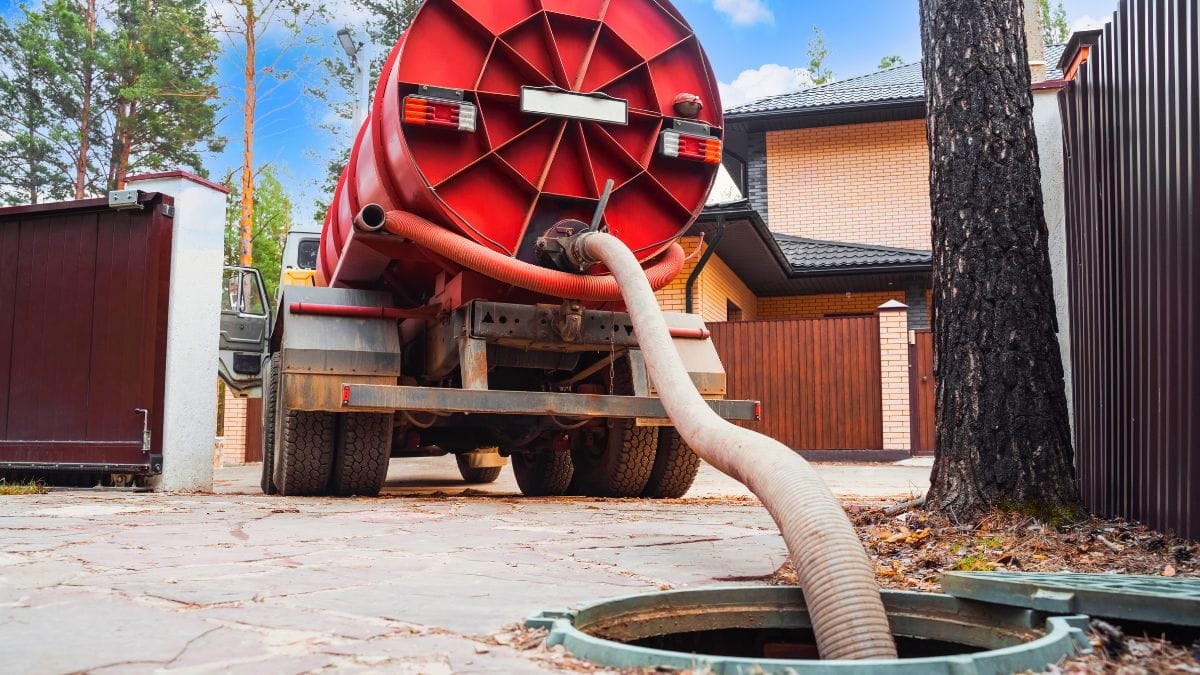
How did we get here?
The council had started investigating the idea of an east side sewer system for three reasons.
The first was that funding was available from the LGA, reducing the cost to residents by more than $25,000 per household – but only until 2026-27.
The second was that, more importantly, more than 300 east side households’ septic systems are in poor or failing condition, according to a series of inspections three years ago.
About 160 households did not have enough space on their blocks to install the kind of septic systems required by modern regulations, and 120 more would run into the same problem in the future.
South Australian regulations had changed since 1988 and were much more demanding now.
The same regulations ban anyone from living in a home which does not have a working wastewater system.
The third reason for the project was that SA Water – which manages wastewater across Adelaide and the west side of Murray Bridge – had refused to consider extending Murray Bridge’s sewage system to the east side.
“Does council want SA Water to do it? Absolutely,” council CEO Heather Barclay said.
“Is it SA Water’s job?
“Absolutely … but they’re not planning to do it anytime soon.
“Council will continue to advocate for that.”
General manager Deb Richardson said the council had contacted SA Water as recently as this week to ask if they had changed their mind, but no: an east side sewer system was not in their plan for the next four years.
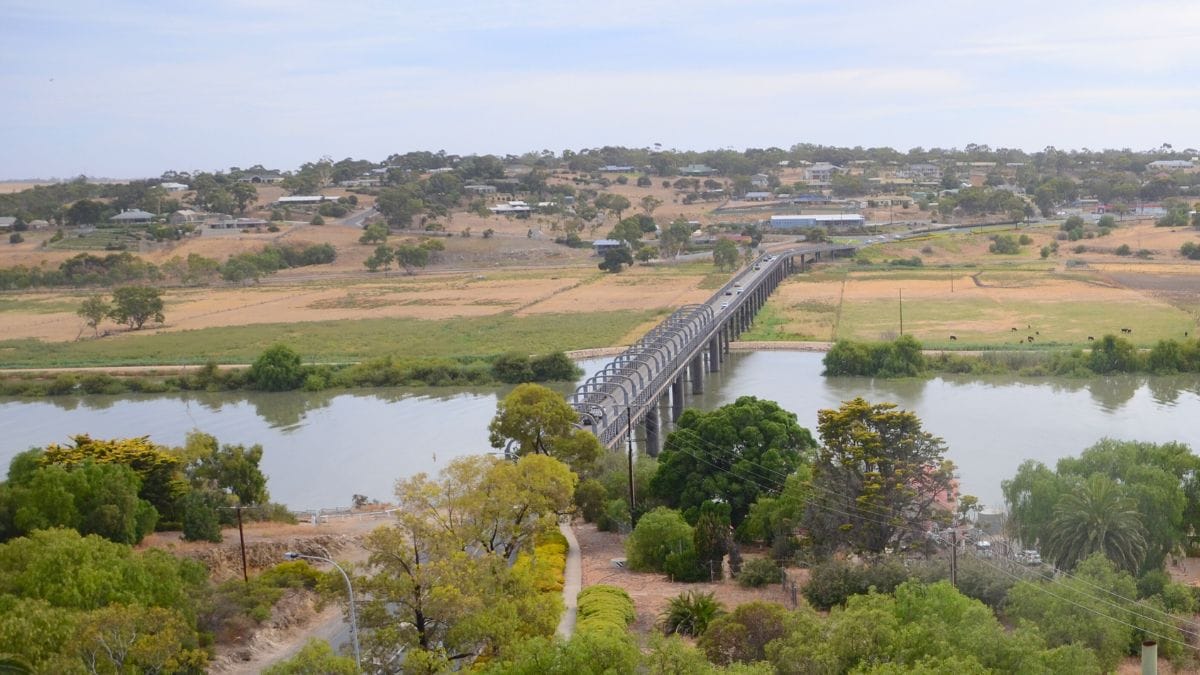
What happens now?
If the sewer scheme did end up being scrapped, the council would still need to take action on some locals’ properties, Ms Richardson warned.
That would mean a mix of “education and enforcement”.
“Could we do nothing?” she asked.
“We think that’s a no.”
The Environment Protection Authority’s Tim Gubbin estimated that homes at Murray Bridge East, Riverglades and Avoca Dell generated an amount of wastewater equal to 60 swimming pools per day.
That wastewater – full of chemicals and pathogens which could harm the environment and pose a risk to human health – would inevitably end up in the Riverglades wetland and the River Murray, he said.
The EPA had not done testing specific to the area, but that was how the science worked.
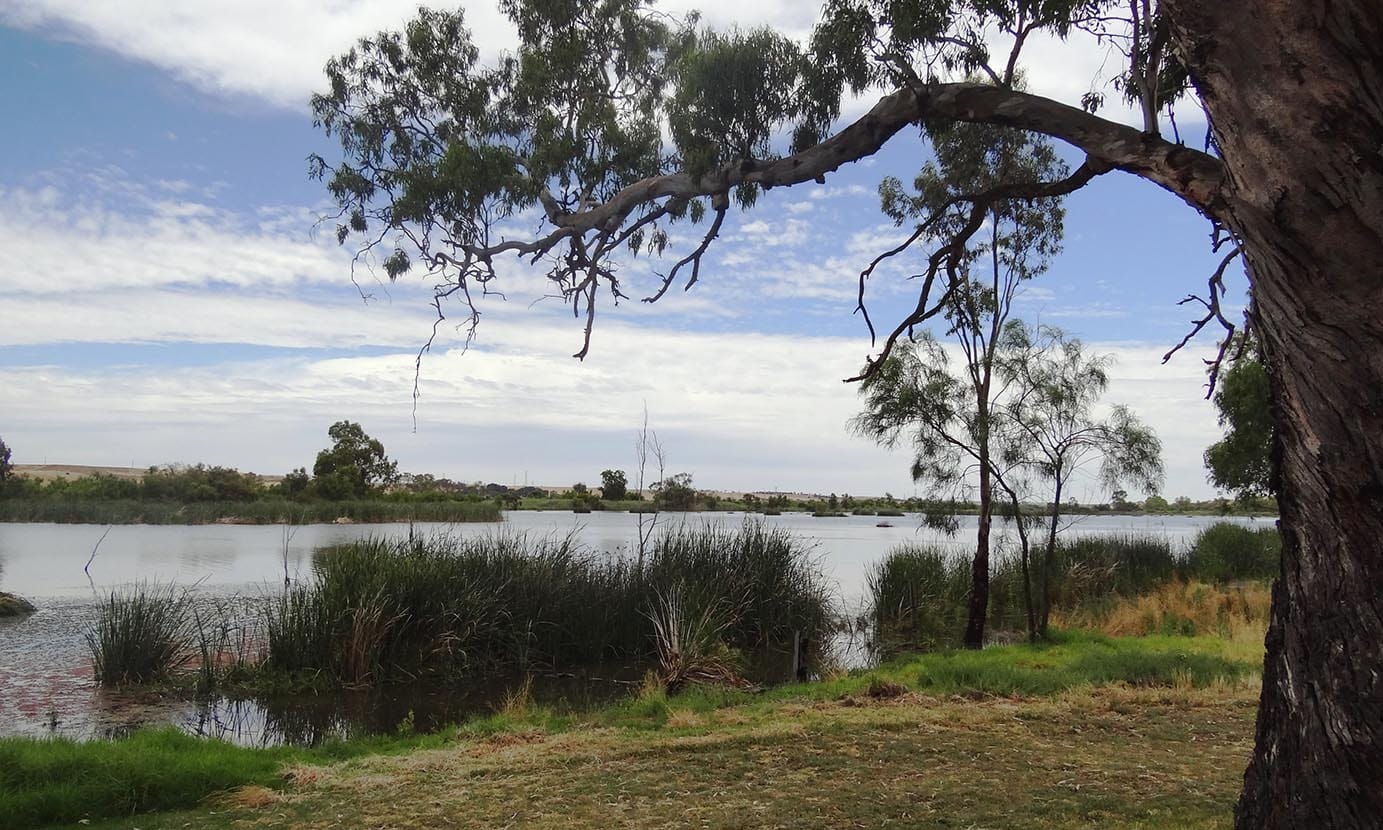
The council did have the authority to force homeowners to replace their old septic systems, regulation team leader Jeremy Byrnes said, “but that’s not something we want to use”.
“What we don’t want to do is knock on someone’s (front door), bang a stick and go ‘you need to do this now’,” Ms Barclay said.
“We really want to work with community and introduce an education process around what people can do … so people can say ‘I need some help in this space, how do I go about doing this?’
“If we can’t get systems up to scratch, at some point there may be some compliance, and we would want to work with those property owners to make it as least painful as possible.”
What if councillors did vote to press ahead with the sewer plan?
In that case, the next step would be commissioning a detailed design, detailing where pipes would go and how each of the 527 targeted households would connect to them.
That would happen in 2025-26, then councillors would face another yes-or-no decision – whether to go ahead and build it or not – in 2026.
East side residents will await councillors’ decision in the new year.
- More information: www.murraybridge.sa.gov.au.


